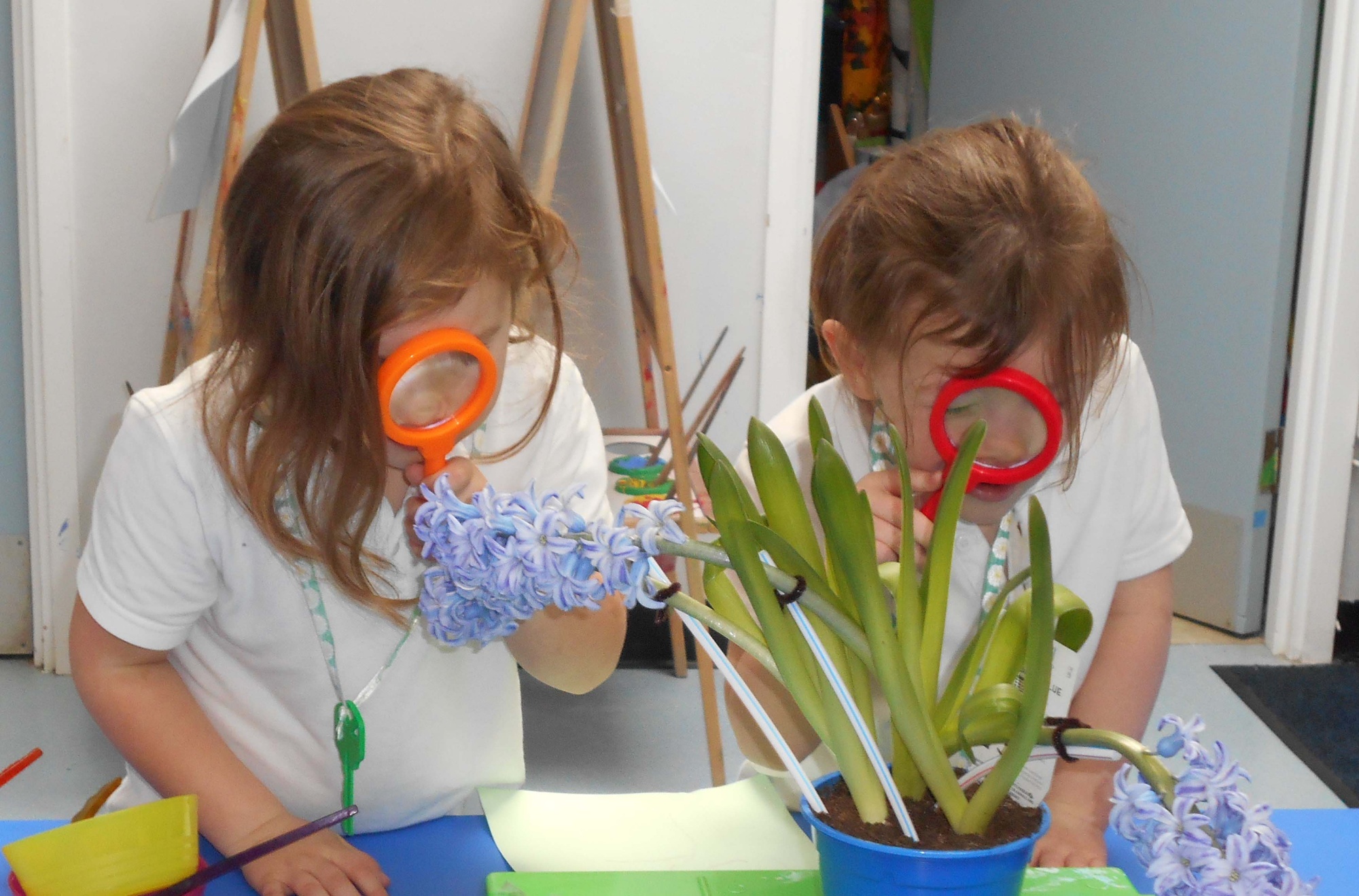Apps
There are a multitude of apps that enable people to connect with each other. These all have recommended minimum ages to help keep children and young people safe but do you know what these are?
Many children prefer not to use apps such as Facebook because they know their parents, grandparents, aunts, uncles etc. are on it, so they prefer to contact each other using other platforms. Do you know enough about these to keep your child safe?
Listed below are some of the more popular social media platforms among children and young people.

